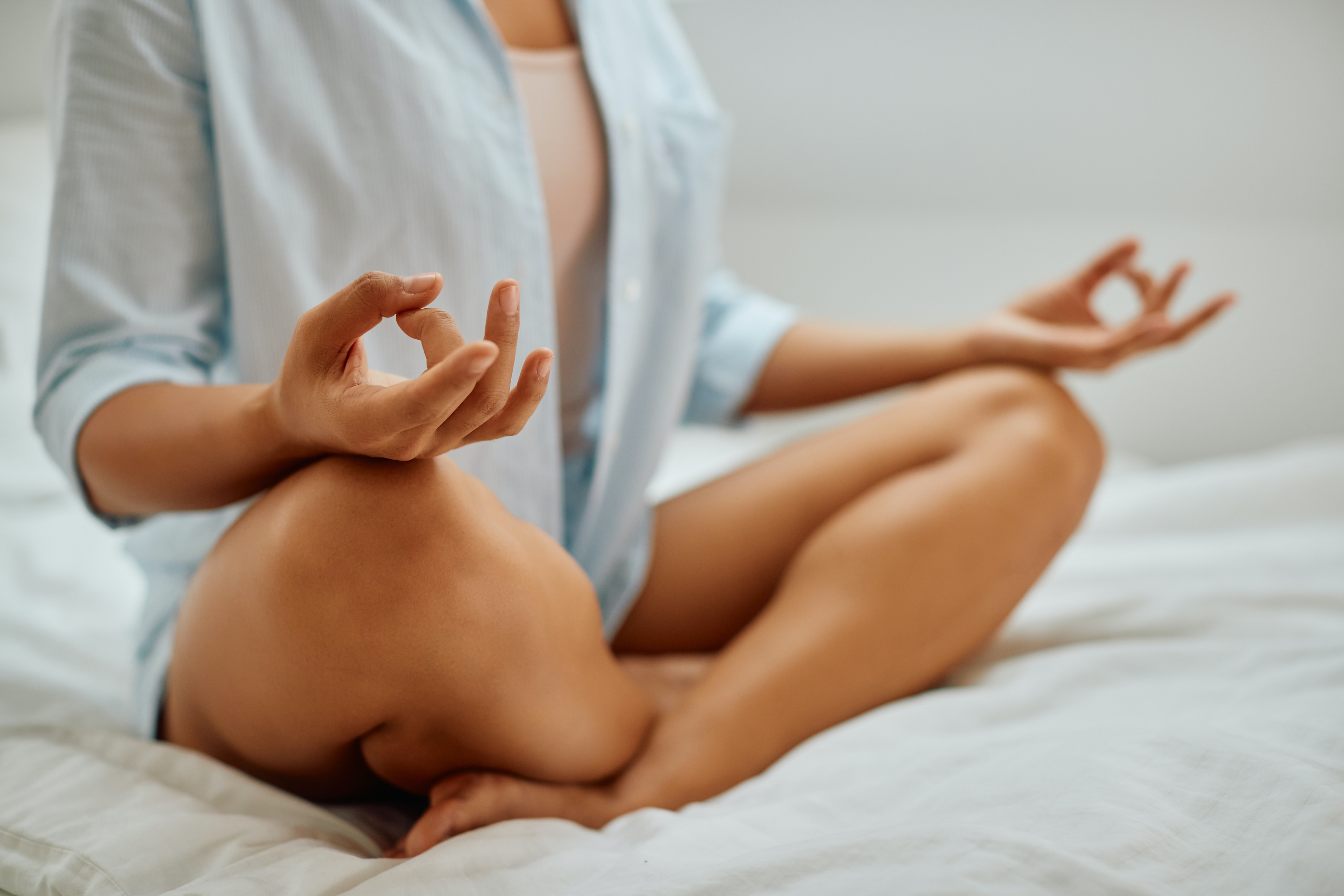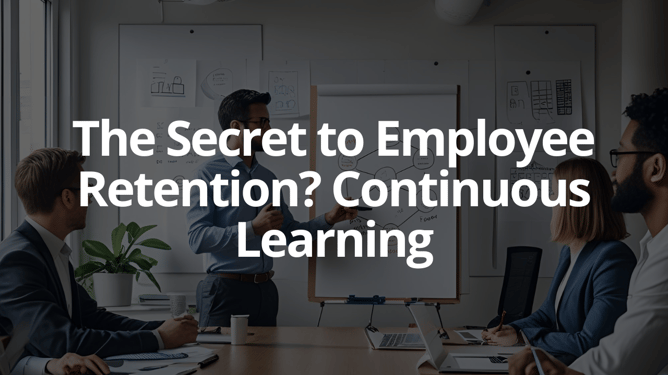How You Can Practice Mindfulness
Welcome to our third and final blog in our mindfulness trilogy!
So far we’ve talked about why mindfulness can be so beneficial for you, as well as what it really is – if you’ve missed either of those blogs, go back and have a quick read because we’re going to get into the nitty gritty this time!
Blog 1 - Why Should You Care About Mindfulness?
Blog 2 - What is Mindfulness and How Does it Work?
Watch Natasha introduce our mindfulness trilogy below!
Mindfulness, as we know, is a way of refocussing our attention on what’s happening here and now – really engaging yourself in the present moment and what’s happening in and around you in order to better manage your thoughts and emotions.
It sounds really simple, but like we mentioned in the last blog, our brains often don’t do it as easily or naturally as we’d like them to! We’ve put together a few ways that you can start to implement a more mindful practice in your day-to-day life, without it feeling like another task on an overwhelming to-do list. A great way to do this is take some tasks you know you’re already doing throughout the day, and start doing them more consciously and focussing on the present moment as you do them – this is by no means an exhaustive list!
You can do this with all kinds of things throughout your day and life.
Have A Coffee (Or Tea) Mindfully
The great news is, you can try this with any beverage, but a hot drink works pretty well!
Whether it’s at home or work, start off by preparing or procuring your daily hot drink fix.
Once you’ve acquired your beverage of choice, you can sit or stand, and just take a few minutes to yourself. It doesn’t have to be a long time, really a couple of minutes will do.
Get comfortable and really focus on what is happening right now.
Pick up your mug or to-go cup, and notice the warmth of the drink on your hands. Maybe if there’s no lid, you can see the steam rising from your cup. See if you can really take in what it smells like – is it a scent of coffee, or maybe you have a hot lemon water and you can notice the strong citrus smell?
Take a moment to appreciate and enjoy it!
Then do the same with your first sip. Take a moment or two to taste and be aware of the flavours and enjoy them as you start to drink.
You don’t have to drink your whole cup this way – it might take too long! But even just putting aside a minute or two to take in the experience you’re having – the sights, smells, sounds and tastes of a nice cuppa, can bring you back into the moment and help relax you, no matter what your day ahead looks like.
In fact, doing this at the start of your day can put you in a great mindset to better handle any challenges.
Breathing Mindfully
Luckily for all of us, breathing comes quite naturally! However, if you spend a short time just noticing the ways in which you’re breathing, it can be a really effective way of being mindful in the moment.
For example, if you sit comfortably in a chair and focus on your breaths, you can notice all kinds of things. How deeply are you breathing? And what speed – are you breathing quickly or slowly? Into your chest or your stomach? Are you breathing in and out through your nose or your mouth?
When you start to pay attention to all these different elements of your breaths, you’ll probably also notice that your breathing naturally slows down a little bit – that’s a good thing! It means that taking a short time to really be mindful is helping your body to naturally relax and this is great for lowering your stress levels and having a positive impact on your body.
If you find it hard to focus on any of the physical elements of your breaths without your mind wandering, it may help to count the seconds of your breath – you don’t have to try and hit a certain number of seconds on any breath, just add in a count to help your mind refocus on now.
Taking just a minute or two and refocussing on what’s happening in your body, particularly with your breathing (which has a huge impact on your mental and physical wellbeing), helps dial down any fight-or-flight responses, gets more oxygen to your brain and body, lowers stress hormones, and improves your mental clarity.

Relaxation Practice
This is a great one if you have an extra few minutes, helpful if you can sit down, and lying down is an added bonus!
You’re going to close your eyes and take a quick scan of your body, head to toe, and assess how you’re feeling. Night time is a great time for this, particularly practising this in bed whilst you’re lying down.
Close your eyes and focus on examining the muscles in your body, starting at your head. Notice if there’s any tension in those muscles, and consciously relax each one.
Once you’ve done that, move down, from the top of your head to the muscles in your face, to your jaw, then your neck, shoulders, and so on, all the way down your body until you get to the tips of your toes.
This is a great way to release any muscles you’ve held too tightly due to stress throughout the day, and to keep your mind from wandering, particularly before you might drift off to sleep. It can absolutely help you get to sleep too, as your mind and your body will both be relaxed and in a perfect state for rest.
Regardless of the time of day you decide to add in a mindfulness practice for yourself, it doesn’t have to be for a long period of time.
In fact, if you’re first starting out, maybe the shorter the better! It will help you get used to rehearsing a new frame of mind. Doing this regularly helps set you up to cope with the day’s challenges much better.
When you start to really get into it, you can add to or change this kind of practice in any number of ways – mindful walking, eating, even mindful meditation practices.
No matter how small you start, the more you practise, the easier it gets, and you’ll find in time that you have the ability to choose to be more mindful, even during a stressful period or experience.
This could be as simple as taking a few seconds to refocus on your breath and calm down, or making the time for a longer mindful practice which could be 10, 15, 30 minutes long – however you find it easiest and most impactful.
Thanks
Natasha & The Excel Team
P.S. If you would like to discuss any of your learning & development challenges, book in your discovery call.
%20c.png?width=150&height=125&name=MicrosoftTeams-image%20(9)%20c.png)
About Excel Communications
Excel Communications is a learning and development consultancy based near London in the U.K. For more than 30 years; we have been collaborating with clients across the globe.
Partnering with Excel empowers you to evolve your people and business by fuelling a love for learning.
We work with you to create unforgettably, customised learning experiences to achieve your vision of success and growth, with tangible results.
View our case studies here.




